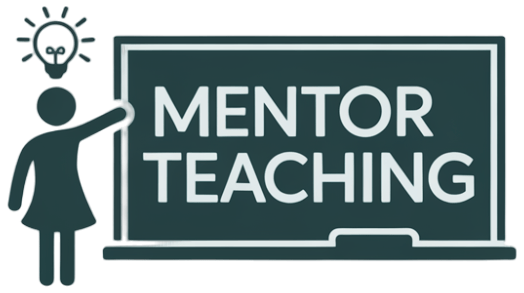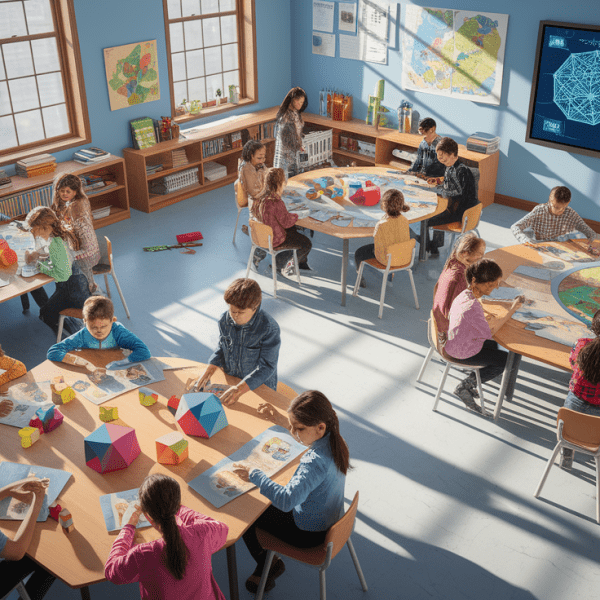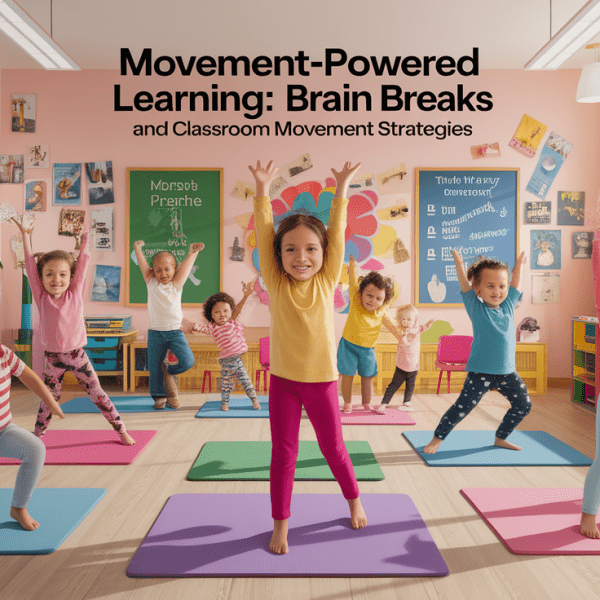Spark the Logic: Introduction to Computational Thinking
Imagine giving students the superpower to break down big, messy problems into bite-sized parts, spot clever patterns, and design step-by-step plans to solve them. That’s exactly what computational thinking brings to the K-12 learning table. Rooted in computer science and championed by key thinkers like Seymour Papert and Jeanette Wing, it’s not just about coding—it’s about systematic problem solving that works for any subject. Whether students are crafting a science experiment, analyzing a historical event, or building a robot, computational thinking equips them with the tools to think logically, creatively, and confidently in our tech-savvy world.
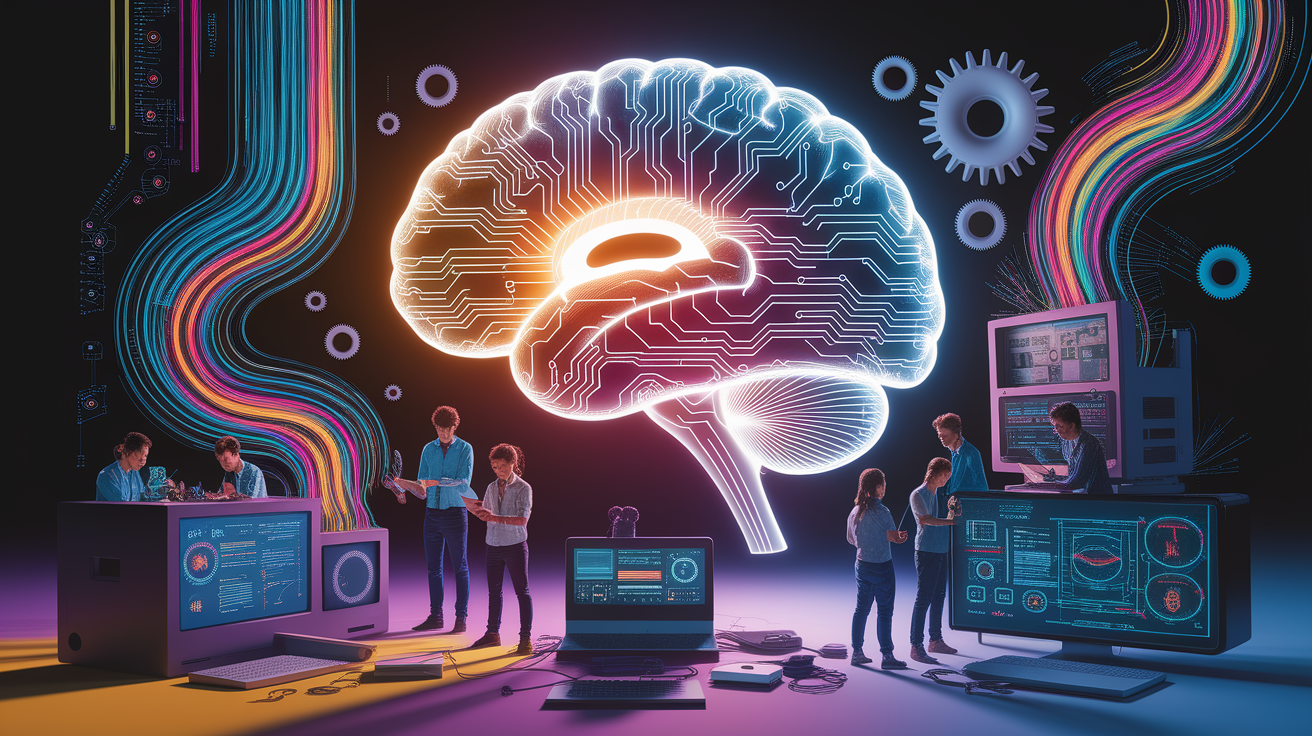
Breaking It Down: Core Components
The four pillars of computational thinking are like the trusty toolkit every young problem solver should carry:

- Decomposition: Splitting big challenges into smaller, manageable tasks.
- Pattern Recognition: Spotting similarities or trends to simplify problems.
- Abstraction: Focusing on the crucial details and filtering out the “noise.”
- Algorithmic Thinking: Designing clear, logical step-by-step solutions.
These skills, as outlined in the K–12 Computer Science Framework, go far beyond screen time—they help students tackle obstacles in life, work, and play with clarity and precision.
Adding the Value: Benefits for K-12
Why should K-12 educators care about computational thinking? Because it’s a game-changer. By weaving these skills into lessons, teachers ignite higher-order critical thinking skills that stretch across STEM, the arts, social sciences, and beyond. Students learn to:

- Approach problems with confidence and persistence.
- Collaborate effectively to brainstorm and troubleshoot.
- Transfer problem-solving strategies from math class to the art studio, or from coding to environmental science projects.
- Prepare for the digital-first careers of tomorrow, from engineering to design thinking roles.
In short, computational thinking isn’t just “another tech trend.” It’s a foundation for 21st century skills that fuse creativity with logic.
Classroom Crunch Time: Implementation Strategies
Integrating computational thinking isn’t about tossing a few coding exercises into the curriculum—it’s about cultivating a mindset. Effective teachers use strategies like:
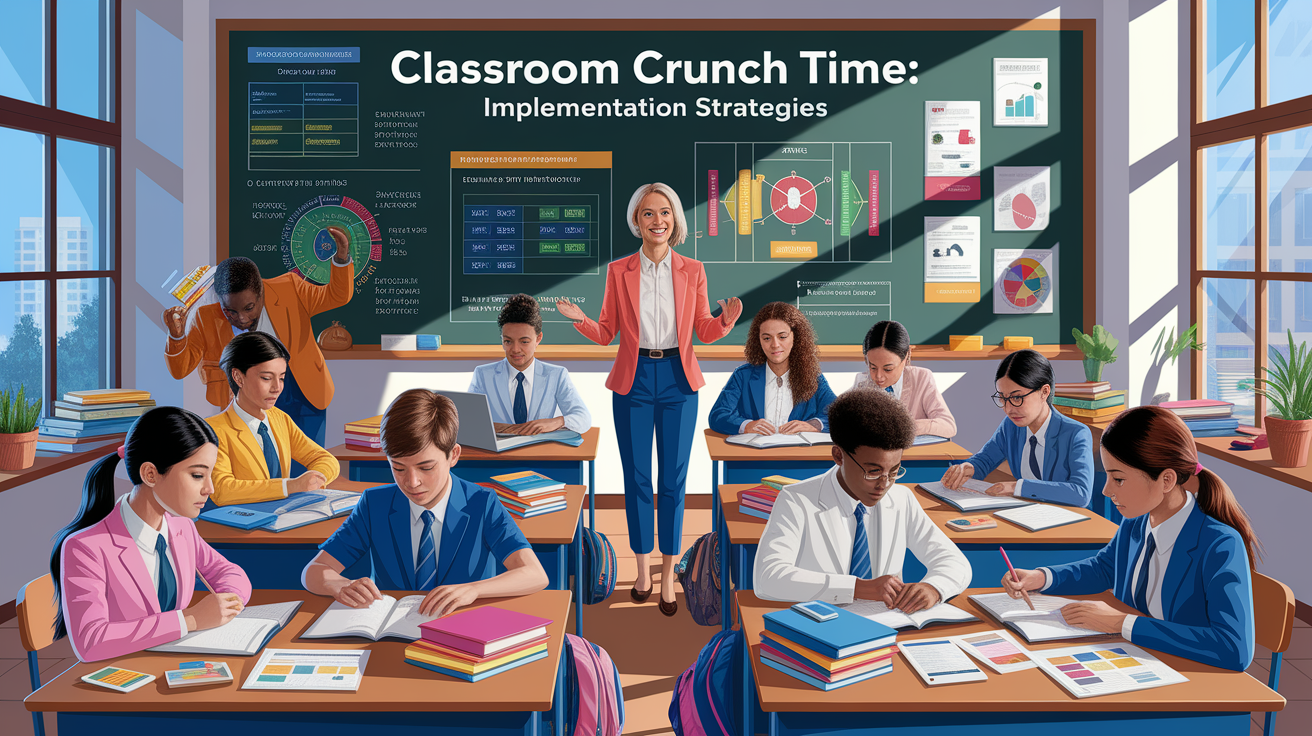
- Unplugged activities: Paper-and-pencil puzzles, storytelling challenges, and sequencing games that don’t require a computer.
- Project-based learning: Multistep investigations such as designing a “recyclable city” or creating math-based board games.
- Cross-curricular integration: Embedding algorithms in a cooking class or using decomposition for analyzing poetry.
While there are challenges—like varying teacher readiness and resource access—research in papers such as Bringing CT to K-12 emphasizes that professional development, collaborative support networks, and hands-on experimentation can transform classrooms into hubs of logical reasoning and creative design.
Tools of the Trade: Resources & Tech
Want to get computational thinking rolling in your school? Education-friendly technologies make it fun and accessible for all ages:
- Block-based programming: Platforms like Scratch help young learners visualize loops, conditionals, and events.
- Robotics education: From simple bots in elementary grades to advanced kits in high school coding classes.
- Python for beginners: A gentle introduction to text-based coding for middle school and beyond.
- Maker education tools: 3D printers, circuitry kits, and design software for cross-disciplinary projects.
The Future of the Classroom initiative highlights how technology, paired with a strong programming curriculum, can empower students and align with CS4All goals.
Measuring the Impact: Assessment Approaches
Assessment in computational thinking isn’t about “Did your program run?”—it’s about “How did you think through the problem?” Teachers can use:
- CT-focused rubrics: Criteria that measure decomposition, abstraction, and algorithm design skills.
- Reflection journals: Students explain their reasoning, challenges faced, and solutions tried.
- Peer review: Collaborative feedback on project approaches.
- Unplugged demos: Evaluating solutions in offline activities to see conceptual grasp.
The ISTE and CSTA definition underscores that assessing attitudes—like persistence and tolerance for ambiguity—is just as vital as evaluating skills.
Wrap-Up Whiz: Conclusion
From kindergarten sequencing games to high school Python challenges, computational thinking invites every student to become a confident problem solver. By blending logical structure with imaginative exploration, it gives learners a framework to decode complexities in any field—academic or real-world. Teachers who nurture these skills spark resilience, collaboration, and curiosity, positioning students to lead in an increasingly digital, interconnected future. So, sharpen those thinking caps—there’s a whole world waiting to be computationally conquered!
